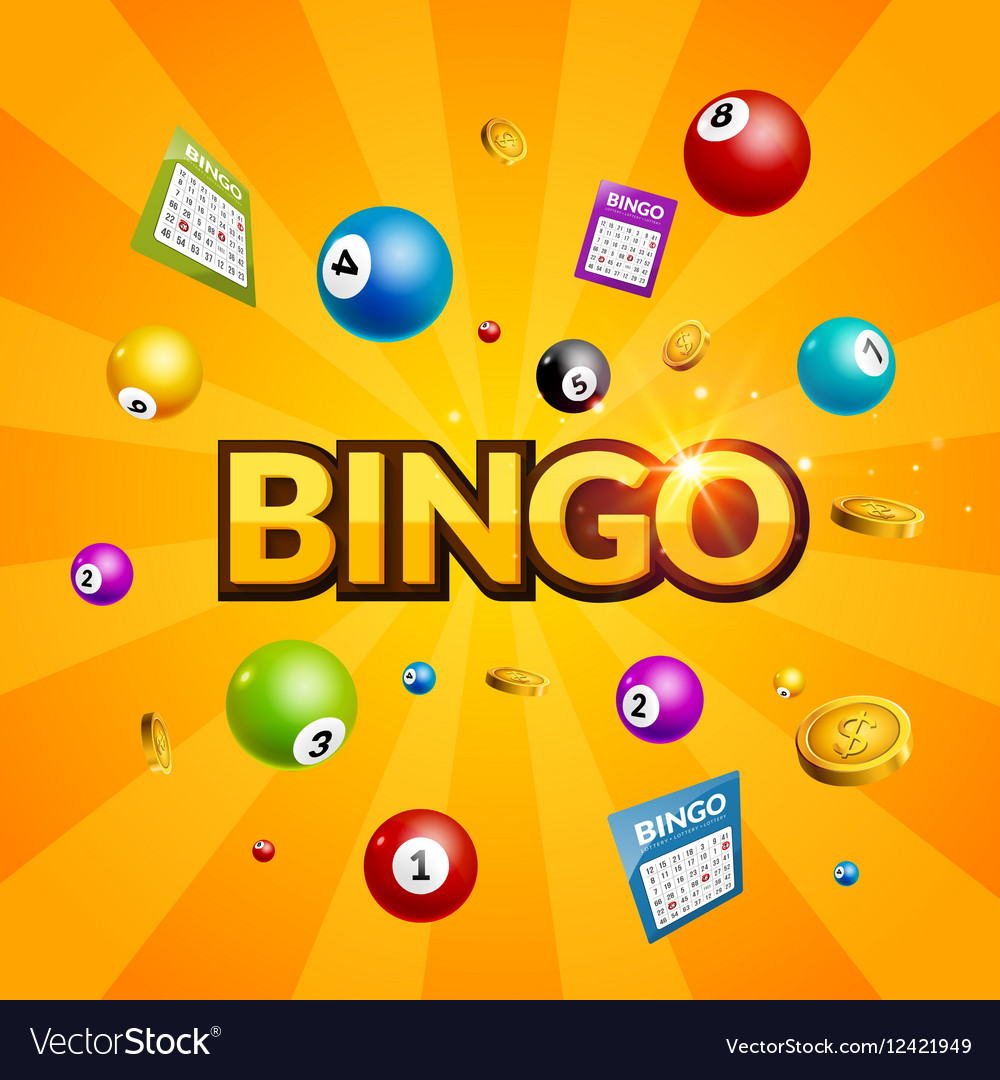
Mathematical games are an engaging and fun way to learn. It encourages strategic thinking and logical reasoning while building the foundations of computational fluency. These games can also be used to help children improve their time tables and arithmetic skills. Using online educational games can help your child learn about the various mathematical concepts in a fun and engaging way. You can find many math games online that help kids understand the concepts of multiples and factors.
The best multiples games are designed to engage children in a fun way. Children will be able to learn about multiples and factors, as well as improve their memory and arithmetic skills. Multiplication and factors can be reinforced by the games. Many of the most well-known math games are the multiples or big multiplication. These games are perfect if your child is just starting to learn more about multiples. These games help children improve their memory and time-management skills.
Prime Time: Multiplicators and Factors is one the most famous math games. The game is part in the Connected Mathematics project. It is designed for a number of levels, including beginners, intermediate, and advanced players. Digital versions of the game are also available, so players can compete against the computer. This digital version is especially suitable for children with special requirements. This game is also part MTaP's math education blog carnival. This game is compatible with an interactive whiteboard and allows for an engaging learning environment.
The Big Multiplication Game aims to encourage strategic thinking and strengthen your child's ability to use their times tables. It's designed to get four numbers in a row. The game board is 10x10. The game has a "numbers of the day", and a "numbers of the day novelty." The winner is the player who has the most counters per row. This game can be played at a variety of levels. It allows players to practice multiplication skills and also gives them practice with other mathematical concepts. This game is great for students in grades 2, 3, and 6.

Maths multiples are games that teach math concepts to children. These games will engage children in fun and informative ways. They will learn the various aspects of numbers as well develop their arithmetic, memory, strategic thinking and memory skills. They are also great for helping children learn time tables, memory and logical reasoning. These games can be used by children of all ages. The best maths games are the ones that have the most variety in terms of levels and play. These games can also be very fun. It is available for download at no cost. Math games that are the best will teach your child many skills including logic reasoning and math facts. These games also help children develop their memory skills, which are essential for good grades.
FAQ
What's the difference between a university and a college?
A university can be described as an academic institution that offers higher education. It offers undergraduate and postgraduate courses in various fields.
A college is usually smaller than a university and has a lower reputation. It might offer fewer courses, but it will often have its own specialist areas.
What does it mean for a teacher to teach early childhood education?
Early childhood educators must have specialized training. Most states require teachers to be certified by their state boards before they can work in public schools.
Some states require teachers who teach math or reading to pass tests.
Some states require teachers to hold a certain number of hours of coursework related to early childhood education.
Most states set minimum requirements for what a teacher should know. These requirements can differ from one state to another.
What are the requirements to be a teacher in early childhood education?
First, you must decide if early childhood education is what you want to pursue. First, you need to obtain your bachelor's. Some states require that students earn a master’s degree.
You will also likely need to attend classes during the summer months. These courses will cover subjects such as curriculum development and pedagogy (the art or teaching).
Many colleges offer associate degree programs that lead directly into a teaching certificate.
Some schools offer certificates, while others offer bachelor's and master's degrees. However, some schools only offer diplomas.
You may not require additional training if you are planning to teach at your own home.
What exactly is a school of trade?
Trade schools provide an alternative pathway for students who have not achieved success at traditional higher educational institutions to earn a college degree. They offer career-focused programs which prepare students to pursue specific careers. These programs allow students to complete two years' worth of coursework in one semester. Then they can enter into a paid apprenticeship program that teaches them a specific skill set and provides on-the job training. Trade schools can be vocational schools, technical colleges or community colleges. Associate degrees are offered by some trade schools.
What is the difference between public and private schools?
All students are eligible to attend public schools for free. They offer education for kindergarten through high school. Private schools charge tuition fees for each student. They offer education from preschool to college.
Charter schools can also be found, which are privately owned but are not publicly funded. Charter schools do not follow the traditional curriculum. They give students more freedom and allow them to pursue their interests.
Charter schools are popular with parents who believe their children should receive quality education regardless of their financial status.
Statistics
- “Children of homeowners are 116% more likely to graduate from college than children of renters of the same age, race, and income. (habitatbroward.org)
- Globally, in 2008, around 89% of children aged six to twelve were enrolled in primary education, and this proportion was rising. (en.wikipedia.org)
- Data from the Department of Education reveal that, among 2008 college graduates, 92.8 percent of humanities majors have voted at least once since finishing school. (bostonreview.net)
- Think of the rhetorical power of nineteenth-century abolitionist Harriet Beecher Stowe, Martin Luther King, Jr., or Occupy Wall Street activists with their rallying cry of “we are the 99 percent.” (bostonreview.net)
- They are also 25% more likely to graduate from high school and have higher math and reading scores, with fewer behavioral problems,” according to research at the University of Tennessee. (habitatbroward.org)
External Links
How To
What is vocational education?
Vocational Education prepares students for work by giving them skills that are required for a specific job, such as welding. Vocational Education also offers apprenticeship programs that provide on-the-job training. Vocational education is different from general education in that it prepares individuals for specific career paths rather than acquiring broad knowledge for future uses. Vocational education's goal is to help students find employment after they graduate.
Vocational education may be provided at all levels of schooling, including primary schools, secondary schools, colleges, universities, technical institutes, trade schools, community colleges, junior colleges, and four-year institutions. There are many schools that specialize in specific subjects, such as nursing schools (law schools), medical schools, dental school, veterinary medicine and firefighting schools. Many of these offer both academic instruction, and practical experience.
In recent decades, many countries have made large investments in vocational training. However, the effectiveness of vocational education remains controversial. Some argue it doesn't improve students' employability, while others argue it prepares them for the future.
According to the U.S. Bureau of Labor Statistics (47% of American adults are currently holding a postsecondary certificate/degree related to their current job), this figure is higher among those with more education. This figure is higher among those with more education: 71% of workers aged 25-29 with a bachelor's degree or higher are currently employed in fields requiring postsecondary credentials.
The BLS reported that almost half the adult population of the country had at least one form of postsecondary credential as of 2012. One-third of Americans had a two year associate degree. Only 10% held a four-year bachelors degree. One fifth of Americans had a masters degree or doctorate.
The median annual salary for people with a bachelor's was $50,000. This compares to $23,800 for those who don't have a degree. For those with advanced degrees, the median wage was $81,300.
For those who did no high school, the median salary was only $15,000. Those with less than a high school diploma earned $13,000 per year.